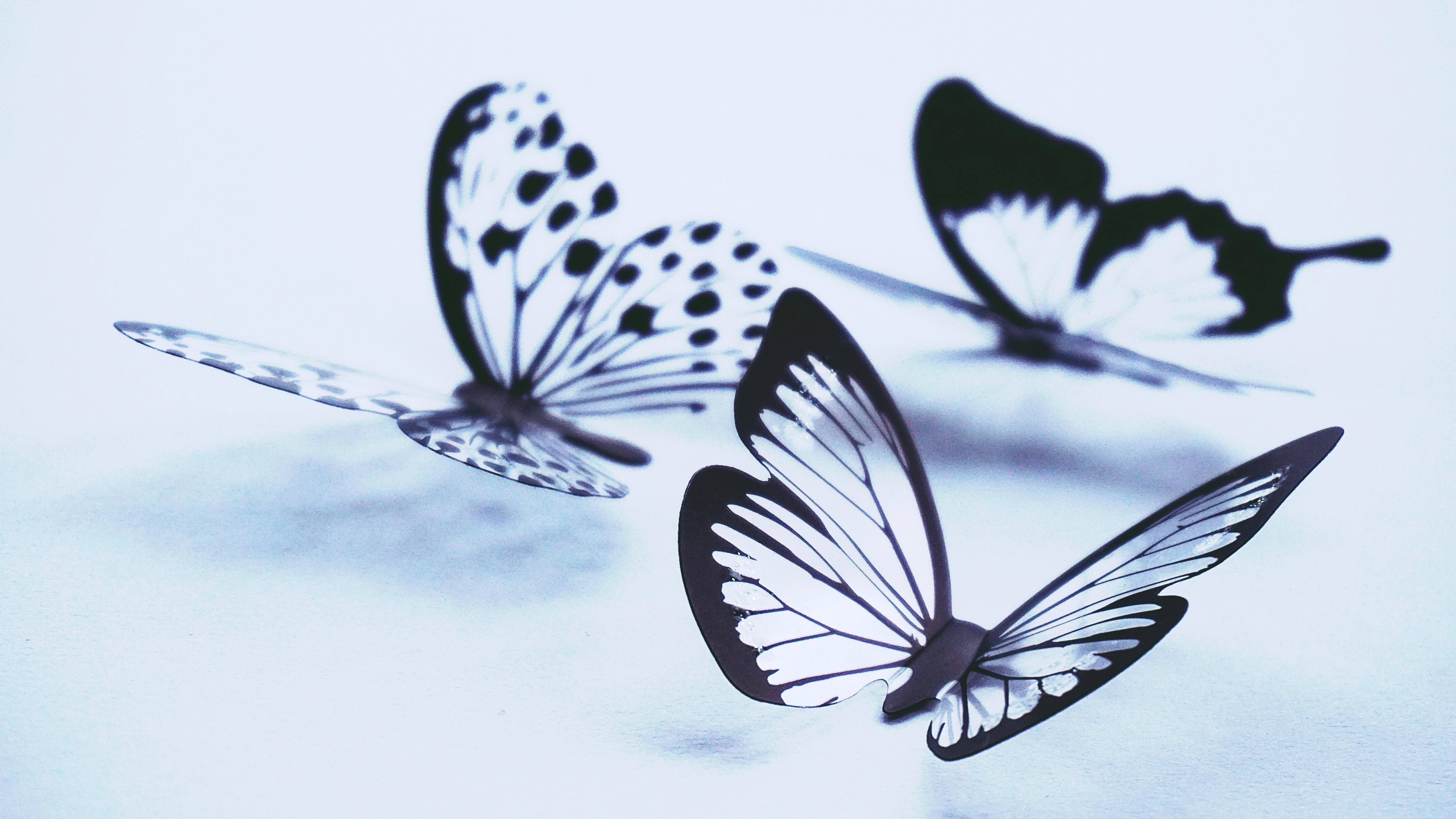Understanding Fish Nutrition: A Comprehensive Guide
As aquarists and fish enthusiasts, understanding what different fish eat is fundamental to their health and well-being. In 2025, knowledge about fish diets has become increasingly important, with a greater emphasis on the nutritional requirements of various species. This article will provide effective feeding tips, highlighting various types of fish diets and how to ensure the optimal health of your aquarium inhabitants. Understanding the dietary preferences for both freshwater and marine fish will enhance their growth, promote vibrant colors, and bolster immune systems.
From fish food varieties to specific feeding strategies, we will cover it all. You will learn about dietary conditions affecting your fish, the importance of variety in their meals, and how to avoid common feeding mistakes. In addition, we’ll introduce several techniques for creating homemade fish food that can further supplement your aquarium diet.
Whether you are a novice or an experienced aquarist, this guide will equip you with effective strategies for proper fish care and nutrition. Let's dive into the vibrant world of fish feeding!
Essential Types of Fish Diet for Aquarium Owners
The types of fish diet can vary widely based on species, habitat, and even time of year. Understanding these dietary needs is essential for ensuring the health of your aquarium inhabitants. Fish diets generally fall into three main categories: herbivorous, carnivorous, and omnivorous, with each type displaying specific feeding habits and preferences.
Herbivorous Fish Diet
Herbivorous fish primarily consume plant-based materials. Their diet includes algae, aquatic plants, and specially formulated herbivore fish food which contains necessary vitamins and nutrients. Popular herbivorous fish include certain species of tangs and angelfish, which thrive on fresh vegetables and algae.
Offering a variety of greens can encourage healthy grazing habits and significantly contribute to their growth. It's also important to consider the nutritional value of the plants you are feeding; they should be rich in fiber and essential nutrients.
Carnivorous Fish Diet
Carnivorous fish feast primarily on meat and protein sources. Their diet may include live food such as brine shrimp or insects, making it essential to provide protein-rich options for optimal growth. Fish like bettas and various types of cichlids thrive on such diets. A well-rounded carnivorous diet should include high-quality fish flakes or pellets formulated to meet their protein demands and support healthy growth.
Omnivorous Fish Feeding
Omnivorous fish can eat both plant-based and meat-based foods. Guppies and mollies are perfect examples of omnivorous species that benefit from a balanced diet comprising fish flakes, pellets, and occasional live food. The diversity in their diet helps ensure they receive essential nutrients, contributing to their well-being and vibrant coloration.
Understanding the dietary preferences of your fish breeds helps in planning meals that cater to their specific nutritional needs. This sets the stage for establishing an effective feeding schedule.
Creating a Balanced Fish Feeding Schedule
Establishing a feeding schedule and learning the fish feeding frequency is crucial for maintaining the health and vibrancy of your aquarium fish. A balanced diet and consistent feeding times aid in preventing overfeeding and related health issues while ensuring fish receive necessary nutrients.
Fish Feeding Frequency
The frequency of feeding varies depending on the age and size of the fish. Baby fish typically require more frequent feedings, often 3-4 times a day, while adult fish generally fare well with once or twice daily feedings. Monitoring the fish's behavior and adjusting feeding frequency accordingly is key; you want to ensure they eat all provided food within a few minutes.
Nutritional Value of Fish Food
It’s essential to select high-quality fish food that meets the specific dietary requirements of your fish species. Look for fish flakes or pellets that list protein sources as primary ingredients. Many high-quality fish food brands provide clear labeling on the nutritional composition, highlighting protein, fat, fiber, vitamins, and minerals within the formulation.
Fish Dietary Requirements in Different Life Stages
Just as in humans, fish have varying dietary needs at different life stages. Fry often require finely crushed food or specialized baby fish food designed to meet their rapid growth demands. As fish mature, the diet can be adjusted to incorporate larger types of food, ensuring they continue to receive optimal nutrition throughout their lives.
The feeding habits and dietary preferences of your aquatic friends play a vital role in their overall health, so understanding and implementing a tailored feeding schedule is invaluable.

Aquarium Fish Feeding: Effective Strategies and Techniques
Knowing how to feed your fish correctly goes beyond merely dropping food into the tank. Effective fish feeding strategies can make all the difference in maintaining an aquarium's ecosystem and the well-being of the fish inhabitants. By considering their natural feeding behavior, you can implement better feeding practices.
Understanding Fish Feeding Behavior
Fish exhibit a range of behaviors when it comes to feeding. For instance, some species may graze throughout the day, while others might aggressively compete for food. Observing these behaviors will not only help in identifying optimal feeding times but also in preventing stress among tank mates, which can occur due to over-competition for food resources.
Utilizing Automatic Feeders
For busy fish owners, automatic feeders can be a convenient solution. These devices can dispense pre-measured portions of fish food at specified times, ensuring your fish receive regular meals. However, it’s essential to select the right type of automatic feeder, taking care to ensure it’s suitable for the type and size of food you are using.
Common Fish Feeding Mistakes to Avoid
New aquarists may often fall into the trap of overfeeding their fish. Excess food not only strips the aquarium of its overall water quality but can also lead to health issues for fish due to digestion problems. Avoid feeding your fish more than they can consume in a few minutes daily, while also prioritizing variety in their diet. Introducing new food types gradually will allow fish taste preferences to emerge.
By understanding and implementing effective feeding strategies, aquarium owners can vastly improve the health and vitality of their aquatic families. This brings us to the next critical topic: homemade fish food options.
Homemade Fish Food Recipes for Optimal Nutrition
Creating homemade fish food is a rewarding way to ensure your fish get the freshest and most nutritious meals. Homemade recipes can be tailored to meet the unique dietary needs of your fish, providing a variety to their diet. Let’s explore some effective homemade fish food options.
Simple Homemade Fish Food Recipes
One simple recipe involves blending cooked vegetables like peas or spinach with gelatin to make a nutritious treat. Freeze the mixture and cut it into small servings for easy feeding.
Another option is to mix fresh seafood with leafy greens and then blend it for easy consumption, ensuring fish get a rich protein source.
Supplementing Homemade Fish Food
Introducing fish supplements into homemade food can enhance its nutritional profile. Consider adding vitamins or specific minerals that your fish may be deficient in based on their species’ dietary needs. This is especially pertinent for tropical fish, which might require additional nutrients compared to freshwater species.
Testing Different Recipes and Varieties
Experimenting with various homemade fish food recipes can be beneficial. Observe your fish's reactions to new food types and adjust accordingly. An important aspect is to ensure any new additions are safe for your specific fish species, as some may have unique dietary restrictions.
Homemade fish food not only provides optimal nutrition but also allows for creativity in feeding practices, reinforcing the importance of variety in fish diets.

Fish Feeding Myths and Misunderstandings
With an increase in aquarium popularity comes a wealth of information, some of which may be misleading. Understanding fish feeding myths can prevent unnecessary stress for both the owner and their fish. Here are some common misconceptions.
The Myth of Overfeeding for Faster Growth
One widespread myth is that overfeeding fish will result in faster growth. In reality, overfeeding can lead to health problems like bloating and water quality degradation in the aquarium. Fish grow best on a balanced diet that meets their nutritional needs.
Live Food as the Only Option for Healthy Growth
While live food, such as brine shrimp or bloodworms, can be beneficial, it’s not necessary for every fish species. Many fish thrive on high-quality pellets or flakes, which often provide a full spectrum of nutrients. Prioritizing variety ensures that fish receive diverse dietary benefits.
All Fish Eat the Same Food
Different fish species have distinct dietary needs, and assuming they all require the same food can lead to health issues. Tailoring a diet to the specific needs of each species is essential for the health and longevity of your fish.
By separating fact from fiction, fish owners can provide a healthier, more balanced diet tailored to their aquatic companions, further ensuring that they thrive in their environments.
Q&A: Common Concerns Regarding Fish Feeding
1. How often should I feed my fish?
Fish feeding frequency largely depends on their species and age. Typically, adult fish require feeding once or twice a day, while younger fish may need more frequent, smaller meals.
2. What types of fish food are the best?
High-quality flakes or pellets are often recommended, especially those formulated based on your fish's dietary requirements. Supplementing with live food or homemade options can enhance nutritional value.
3. How can I tell if I'm overfeeding my fish?
Signs of overfeeding include uneaten food at the bottom of the tank, changes in water quality, and fish showing signs of stress or health issues. It's crucial to provide just enough food for your fish to consume within a few minutes.
In summary, understanding what fishes eat and creating an effective feeding plan is key to ensuring the health and well-being of your aquatic friends. With the proper knowledge and effective feeding strategies, you can significantly enhance the quality of life for your fish while enjoying the rewarding hobby of fishkeeping.
